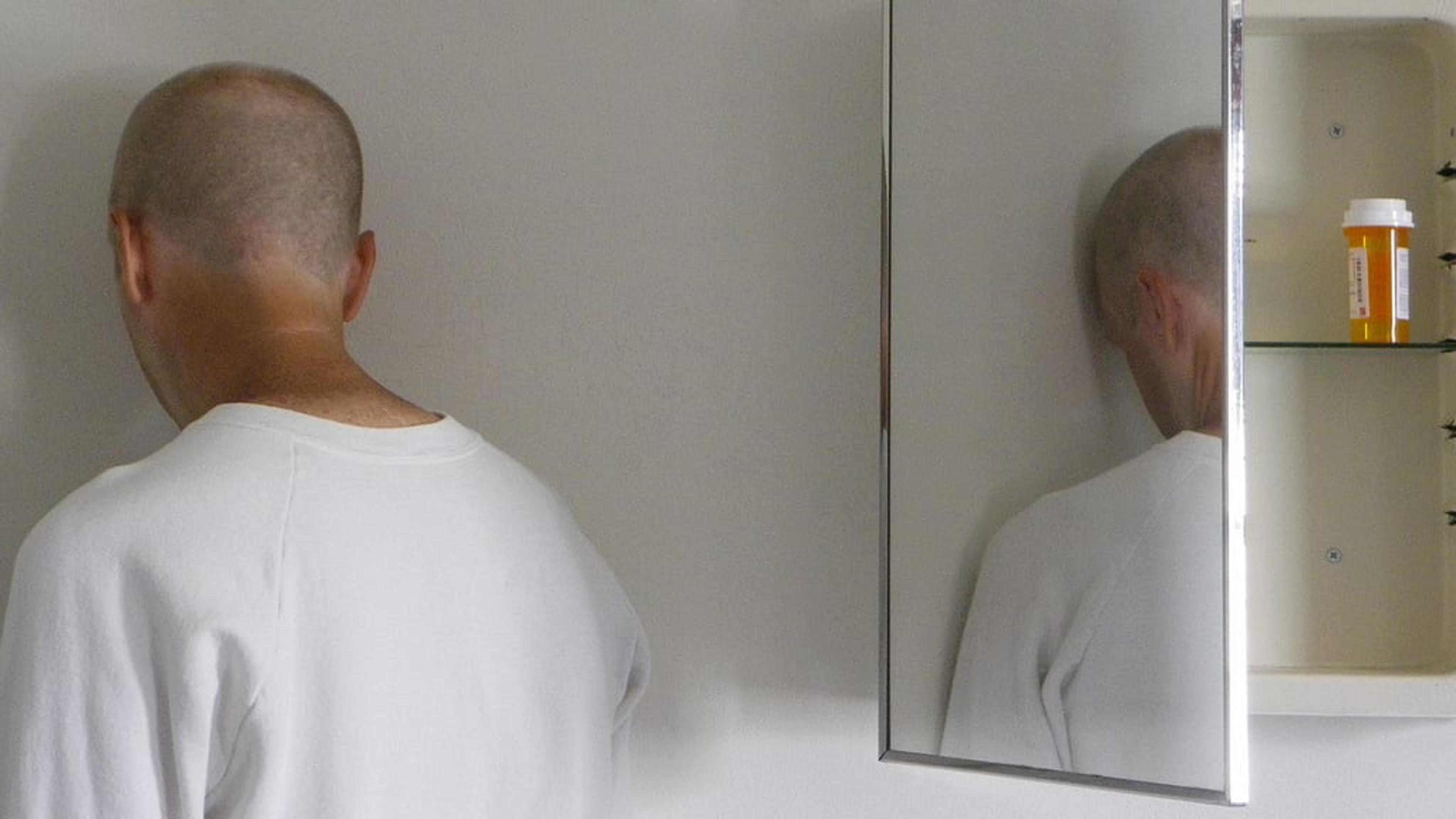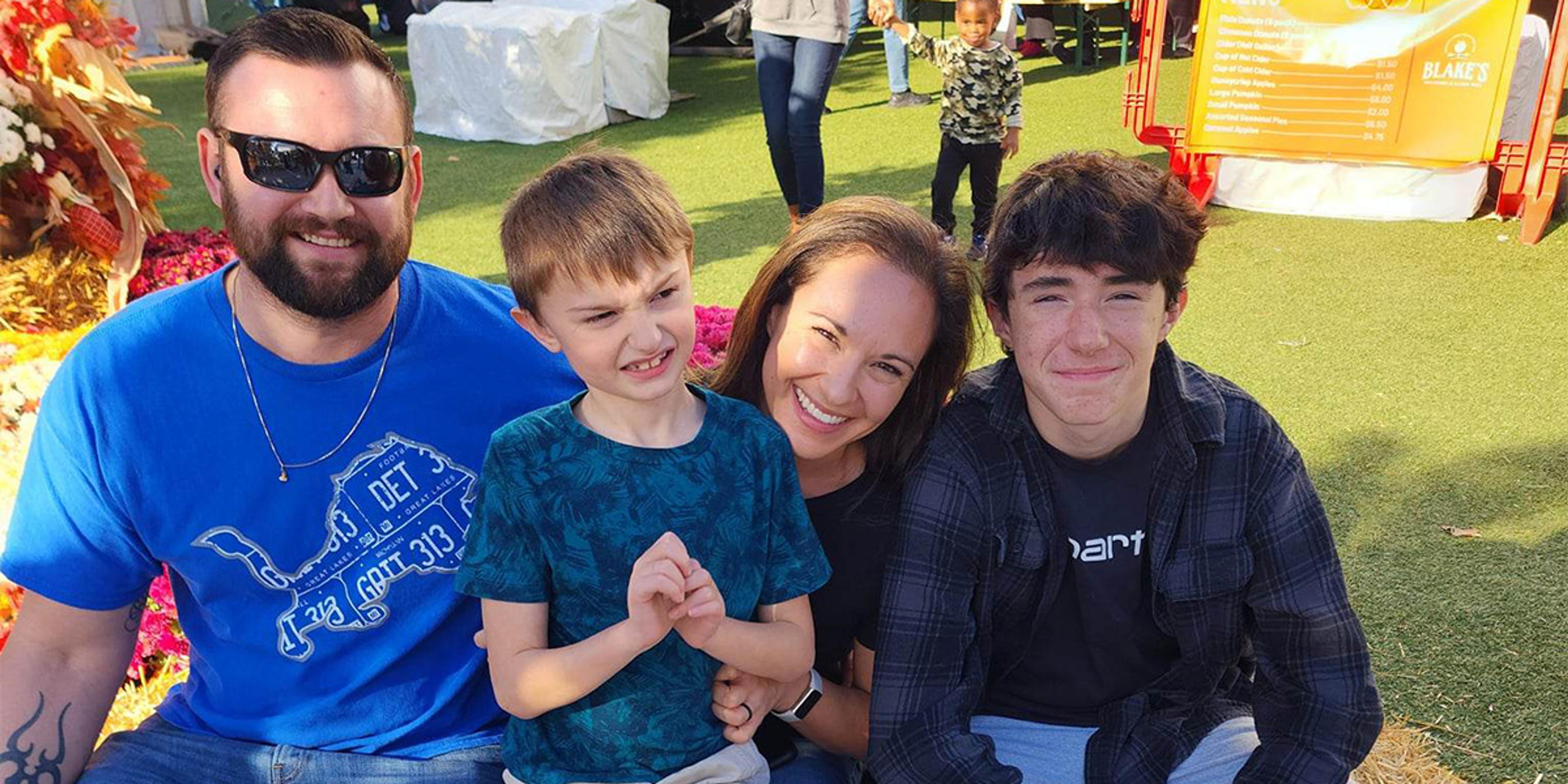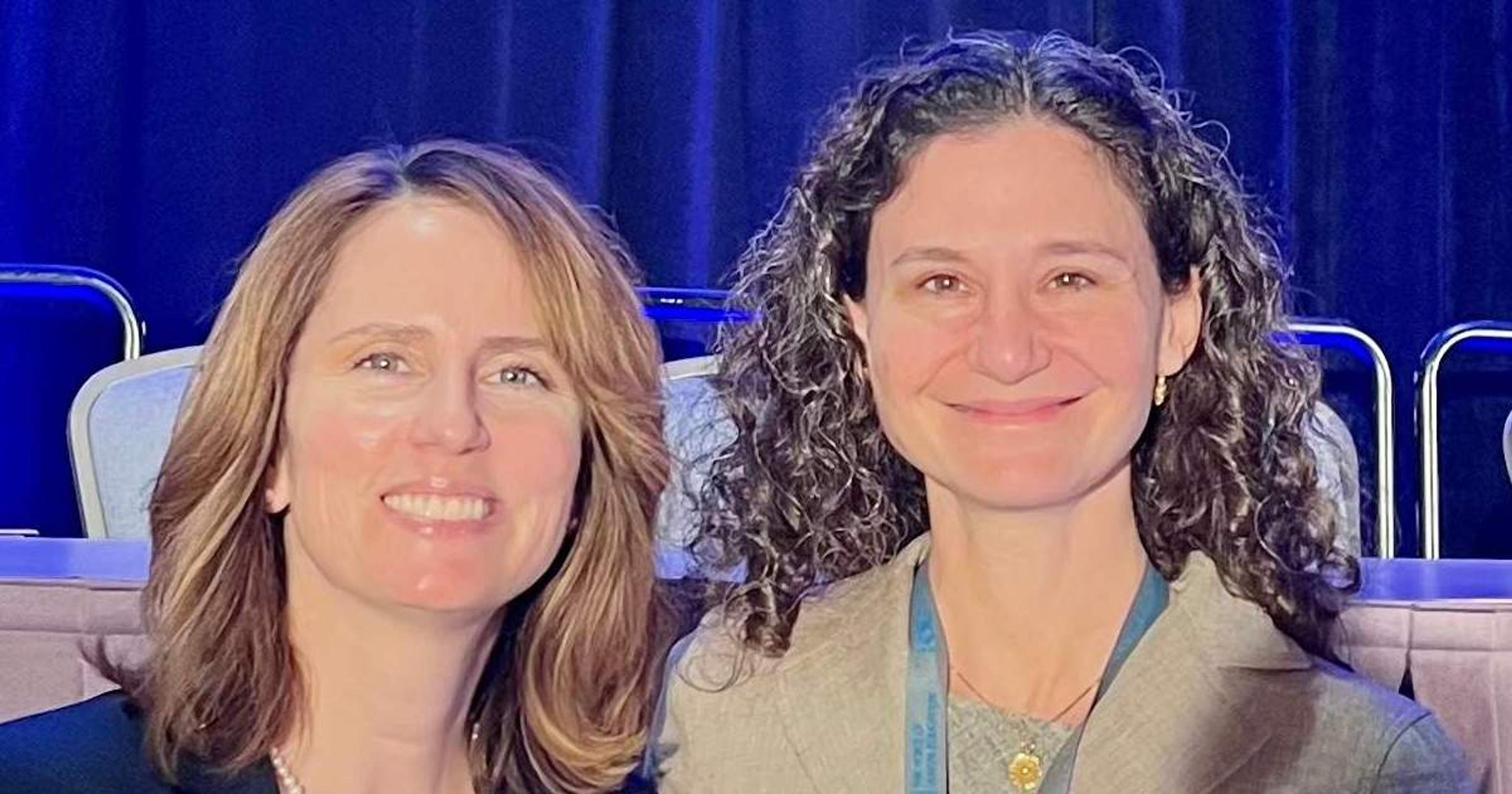Danger in the Medicine Cabinet: Rethinking Prescription Opioids
Julie Bitely
| 4 min read

When you think about someone dying by overdose, who comes to mind? Is there a certain “type” of person you associate accidental drug deaths with? The reality might not match our preconceived notions, according to an expert. Laurie Wesolowicz is director of Pharmacy Services Clinical at Blue Cross Blue Shield of Michigan. She presented at the 6th annual Healthy Safety Net Symposium held on Thursday, Sept. 8 in East Lansing. The invitation-only event brings together more than 250 leaders of Michigan’s safety net health care organizations. Wesolowicz said the face of overdose death has changed. First, if the image in your head involves heroin and a needle, try replacing it with a bottle of prescription painkillers. Nationally, overdose deaths involving prescription opioids have quadrupled since 1999. At least half of all U.S. opioid overdose deaths involve a prescription, and more than 14,000 people lost their lives in 2014. Statistically, overdose rates are highest among people 25 to 54 years of age. More non-Hispanic whites and American Indian or Alaskan Natives die by overdose than non-Hispanic blacks and Hispanics. Men are more likely to die, but the mortality gap between men and women is closing. Wesolowicz said addiction and overdose deaths don’t discriminate. Victims can be well-educated, star high school athletes, neighbors, family and friends. A Growing Epidemic in Michigan The most common prescription painkillers associated with overdose death are methadone, oxycodone and hydrocodone. Prescription rates for these types of drugs have been steadily rising in Michigan – prescriptions for individual dosage units of the most addictive drugs increased from 180 million in 2007 to 745 million in 2014. The state ranks 10th nationally in per capita prescribing rates of opioid pain relievers and 16th in the nation for overdose deaths. As many as one in four people who receive prescription opioids long term for non-cancer related pain management struggle with addiction. When the prescription runs out or is no longer affordable to purchase, some turn to heroin, a cheaper alternative. In fact, people addicted to prescription opioid painkillers are 40 times more likely to be addicted to heroin. What’s Being Done Turning the tide on prescription overdose deaths takes committed, collaborative action. Wesolowicz is a member of the Michigan Prescription Drug and Opioid Abuse Task Force. The group has made a number of recommendations in the fight against prescription opioid overdose deaths including updating the Michigan Automated Prescription system, allowing the purchase of the opioid antidote naloxone at pharmacies without a prescription, additional training for opioid prescribers, increasing the number of physicians who can treat addiction with medication, and increasing the number of drug disposal events and collection sites. Blue Cross Blue Shield of Michigan has also been working to decrease overdose deaths by focusing on the prescriptions that tend to cause them. From 2010 to 2016, we reduced the number of opioid pills dispensed through commercial plans by 30 percent. Highly abused fentanyl product use was reduced by more than 90 percent during the same time period and the use of OxyContin and Opana, two very powerful opioids, was reduced more than 80 percent. What You Can Do Even if you’re not a pharmacist, physician, or part of the health care community, there are steps you can take to decrease fatalities from accidental poisonings.
- Get rid of excess prescription drugs. Wesolowicz said opioid pain relievers are often prescribed in amounts that far exceed what patients will really need to manage their pain. The pills left over are often stored in medicine cabinets, where friends or family members can easily find and take them. Young people have even been known to take leftover medications to “pharm” parties, often with disastrous consequences. “We’ve potentially all contributed to the opioid epidemic as well,” Wesolowicz said. Take your unused prescription drugs to a public disposal location. Find one near you here.
- Ask questions. If your doctor prescribes you or a loved one opioid painkillers, ask if there are alternative options that would work as well to manage pain. If the answer is no, ask for a smaller quantity prescription to avoid excess leftover meds.
If you enjoyed this post, you might also like:
- Beyond Numbers: Michigan's Opioid Epidemic Deserves Attention
- Report Highlights Michigan Hospitals' Patient Safety, Health Care Quality Improvements
- Tips for Helping a Person in Recovery from Drugs or Alcohol
Photo credit: Daniel Oines





